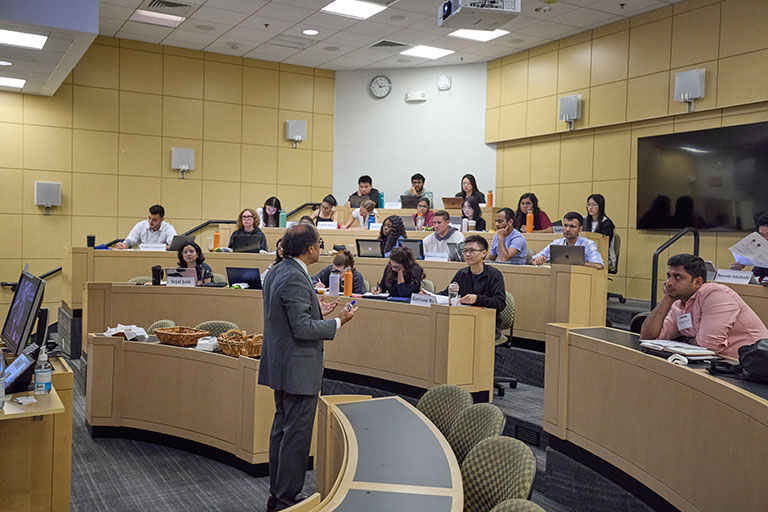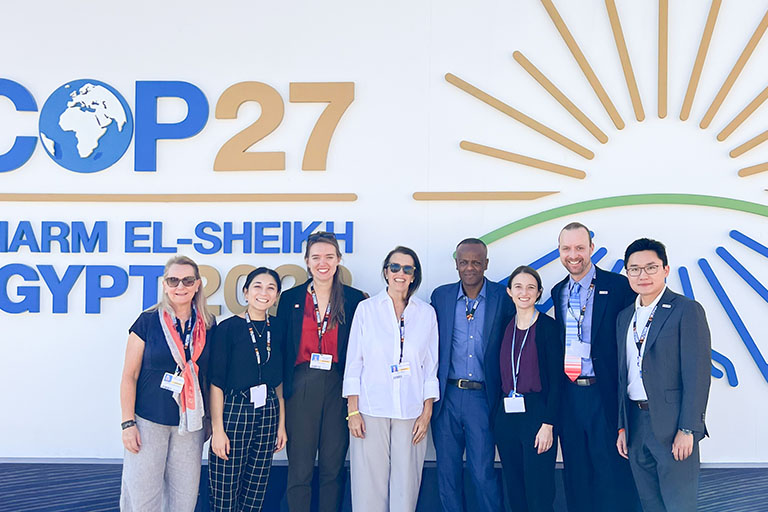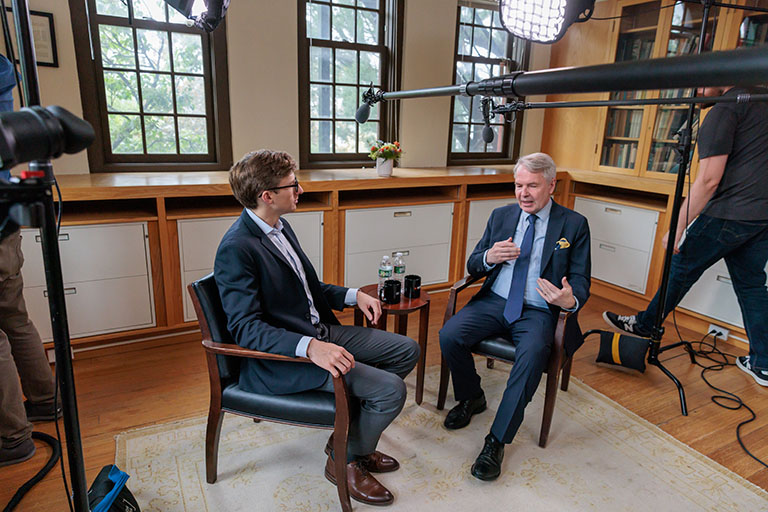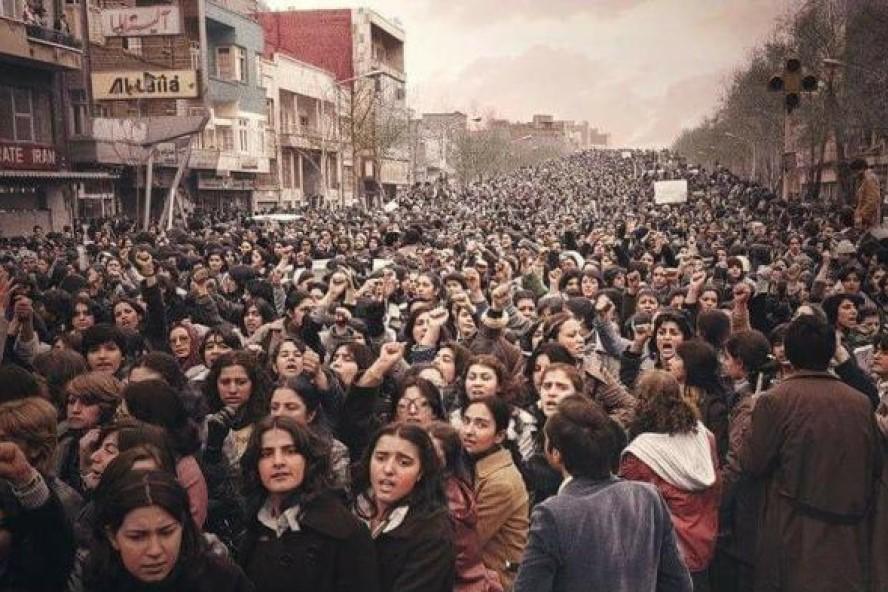-

Hear from Professor Monica Toft
Learn how Professor Monica Toft is shaping the study of global affairs and diplomacy at Fletcher.
Hear from Prof. Toft -

Explore Fletcher academics in action
Fletcher Features offers insights, innovation, stories and expertise by scholars.
Get global insights -
Get application tips right from the source
Learn tips, tricks, and behind-the-scenes insights on applying to Fletcher from our admissions counselors.
Hear from Admissions -

Research that the world is talking about
Stay up to date on the latest research, innovation, and thought leadership from our newsroom.
Stay informed -
Meet Fletcherites and their stories
Get to know our vibrant community through news stories highlighting faculty, students, and alumni.
Meet Fletcherites -

Forge your future after Fletcher
Watch to see how Fletcher prepares global thinkers for success across industries.
See the impact -

Global insights and expertise, on demand.
Need a global affairs expert for a timely and insightful take? Fletcher faculty are available for media inquiries.
Get in Touch
Iran's Deep-Rooted, Singular Revolution
Fletcher's Fares Center hosts Ali Banuazizi for discussion on Iran's extraordinary protest movement

Iran has captured the world’s attention as thousands of citizens protest repression in the country, particularly against women. According to Ali Banuazizi, Research Professor at Boston College, the movement is no sudden fever.
To a capacity crowd at Fletcher’s Fares Center for Eastern Mediterranean Affairs, Banuazizi described both the uprising’s deep roots and the changed landscape on which it unfolds.
According to Banuazizi, the demonstrations are part of an ongoing struggle which began before the Iranian Revolution of 1979. That revolution against the then-ruling Pahlavi regime was not initially a clerical movement, but a broad-based uprising against monarchy, supported by communist, liberal, and nationalist factions. Female activists played a critical role across the various revolutionary camps.
A Shia clerical faction led by Ruhollah Khomeini emerged dominant, taking control of the country and establishing the Islamic Republic. Within weeks of their ascent to power, the new Iranian leaders mandated compulsory hijab, requiring women's hair covering in public places. The decree catalyzed tens of thousands of Iranian women to protest in the streets the next day. This cause, Banuazizi remarked, is a focus of the current uprising in Iran and has spanned the entire history of Iran’s Islamic Republic.
Banuazizi described how the contemporary revolt also shares parallels with the Green Movement of 2009, another landmark Iranian protest. The killing of Neda Agha-Soltan, allegedly by a government militiaman, galvanized activists already incensed by reports of a manipulated presidential election. Agha-Soltan subsequently became a symbol for political opposition, transforming and compounding civil demonstrations.
This trajectory closely mirrors recent events. The current wave of 2022 protests was sparked by the murder of Mahsa Amini, a 22-year-old woman who was beaten and allegedly killed by police forces when in custody for violating hijab standards. Similar to 2009, a young woman’s murder spurred Iranians into mass demonstration against civil repression and state abuse.
Still, while current protests reflect historical patterns, they are not without distinct characteristics. Today’s demonstrators benefit from increased online sophistication, broader internet access, and deeper global connectivity.
Banuazizi pointed out an example of savvy internet use: a music video in the form of a protest anthem, created by a young Iranian. It has received millions of online views and been translated in several languages.
The protest movement’s global reach has produced international reaction unprecedented by previous protests, Banuazizi said. Much of the response has been symbolic, such as the renaming of a French street after Mahsa Amini. But some international action has moved to concrete steps, including United States sanctions against state officials responsible for suppressing protests, which Banuazizi believes are fully warranted based on the regime’s violent crackdown.
The current uprising also unfolds against a changed political landscape. Banuazizi observed that Iranian Supreme Leader Ali Khameni’s poor health weakens state leadership and indicates an impending contested succession that could plunge the regime into chaos. Global powers are today less focused on rapprochement with Iran’s leaders, instead growing increasingly skeptical that a satisfactory nuclear deal can be reached and concerned over Iranian military support for Russia’s aggression against Ukraine. Also notable is the decline of political Islam, the ideology underlining regime credibility, as a significant political force. All of these signs suggest a more precarious position for Iran’s leadership than during previous rounds of opposition protest.
In a sense, Iran’s revolution has never ended, Banuazizi reflected. The 2022 protests could be a significant step to finishing the unfinished business of a movement spanning decades.
To learn more about the Fares Center for Eastern Mediterranean Affairs, please visit their website.

